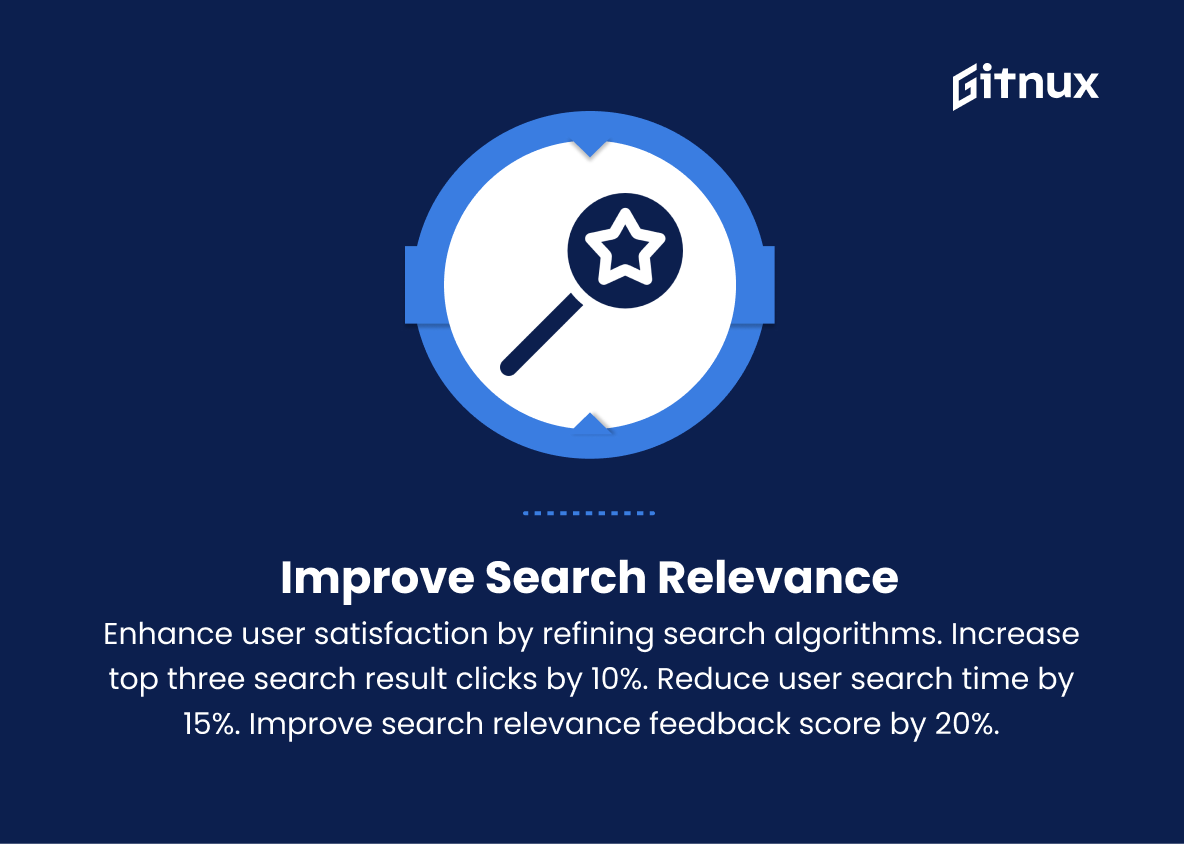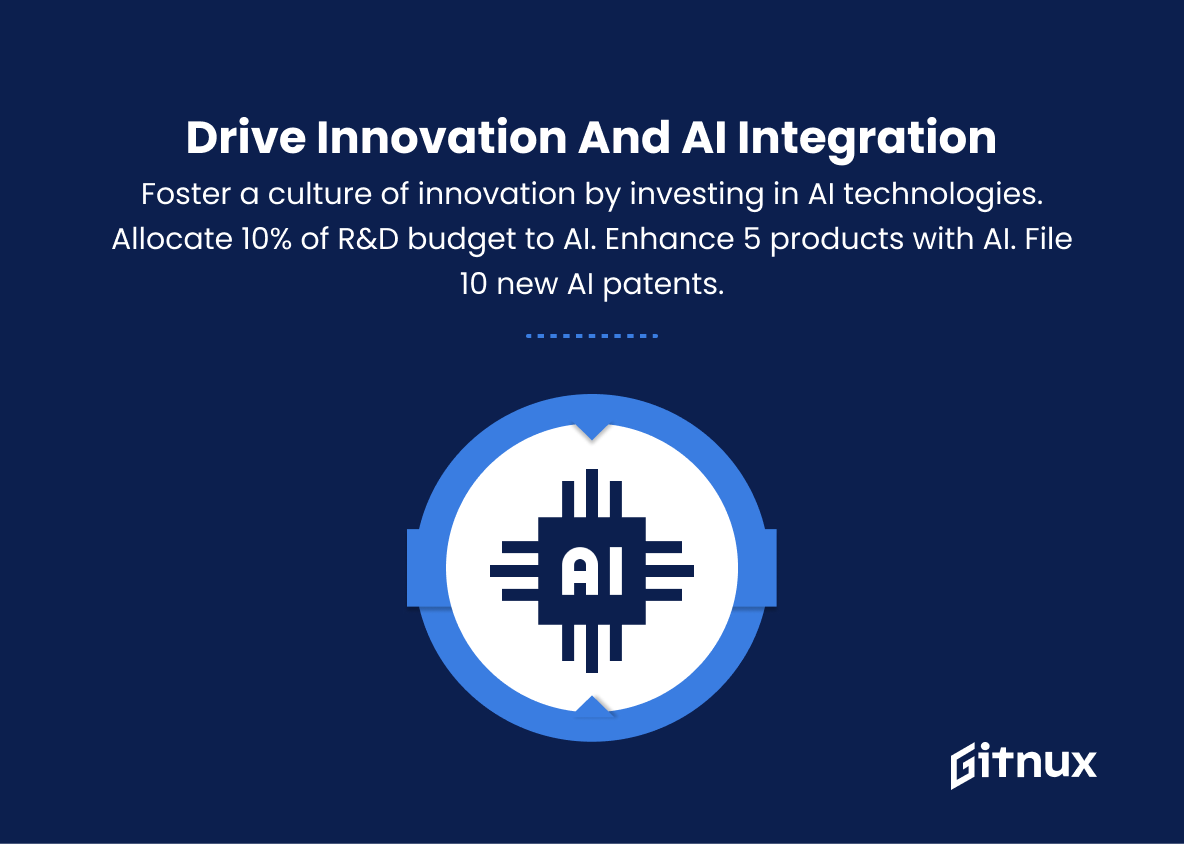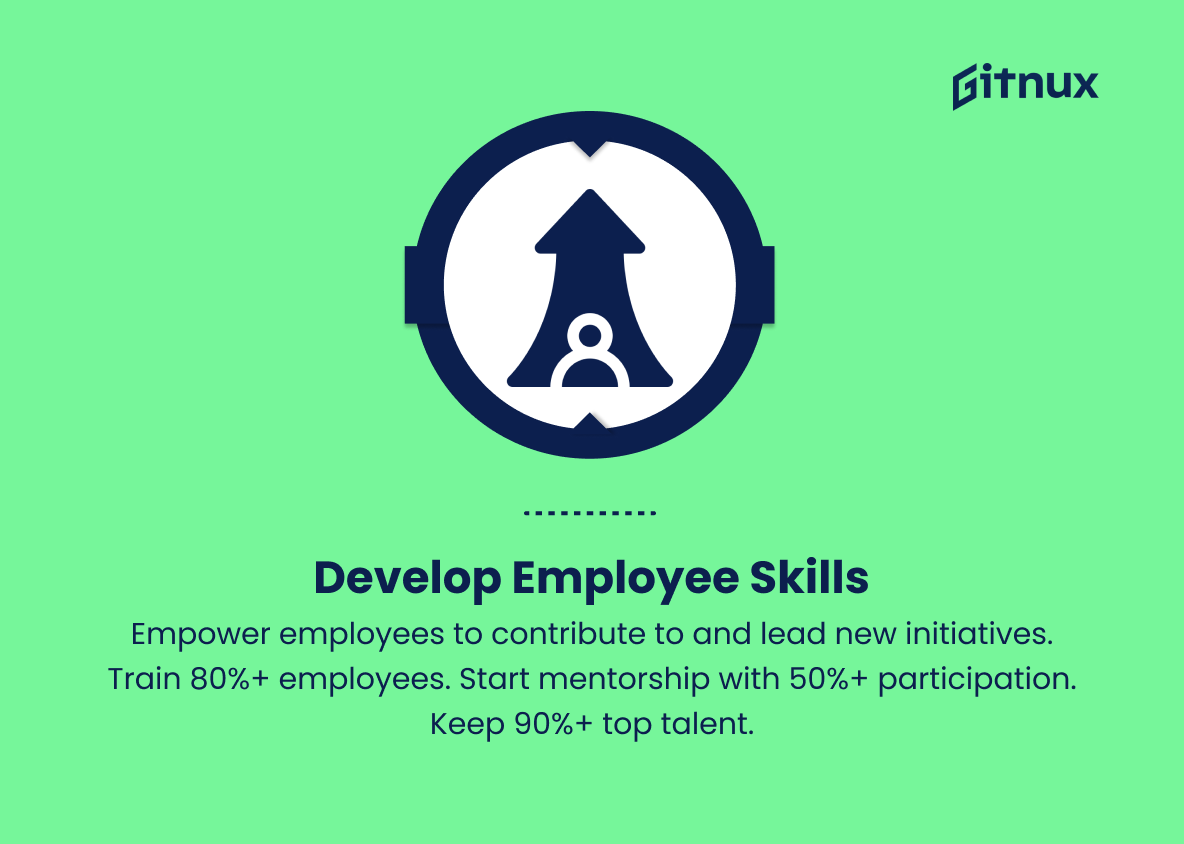In today’s fast-paced and ever-evolving business landscape, setting clear objectives and tracking measurable results are crucial for any organization to succeed. One of the most effective goal-setting and performance management frameworks that has emerged in recent years is Google’s Objectives and Key Results (OKRs), a powerful tool that has helped numerous businesses drive success and foster a culture of growth and innovation.
In this blog post, we will delve deep into the world of OKRs, exploring their origins, functionality, and the impact they have had on the corporate landscape. We will also provide valuable insights and tips on how to effectively implement and utilize this transformative methodology within your own organization to achieve greater focus, alignment, and progress towards your strategic goals. So take a seat, and prepare to embark on a journey that could potentially revolutionize the way you approach performance management and goal-setting.
Google OKRs You Should Know
Google has a long history of using OKRs (Objectives and Key Results) to set quarterly and annual goals across various departments, projects, and initiatives within the organization. Here are some examples of Google OKRs:
1. Improve Search Relevance
Objective: Enhance user satisfaction by refining search algorithms.
Key Results:
– Increase the percentage of user queries that result in clicks on top three search results by 10%.
– Decrease the average time users spend searching for information by 15%.
– Improve search relevance feedback score by 20%.
2. Expand Global Presence
Objective: Increase market share in emerging markets.
Key Results:
– Launch localized search portals in 10 new countries.
– Register a growth of 30% in international ad revenue.
– Increase Android user base by 15% in target markets.
3. Improve User Experience
Objective: Enhance website and app performance and usability.
Key Results:
– Reduce website load time by 25%.
– Receive a 20% higher average rating on the App Store and Google Play.
– Increase customer satisfaction scores by 30%.
4. Drive Innovation and AI Integration
Objective: Foster a culture of innovation by investing in AI technologies.
Key Results:
– Allocate 10% of R&D budget to AI initiatives.
– Implement AI-driven improvements in at least 5 existing products.
– File 10 new patents related to AI technologies.
5. Develop Employee Skills
Objective: Empower employees to contribute to and lead new initiatives.
Key Results:
– Implement internal training programs attended by at least 80% of employees.
– Launch an internal mentorship program with 50% employee participation.
– Retain a minimum of 90% top talent.
These are hypothetical Google OKRs, which might not necessarily reflect Google’s current or past OKRs. However, they do provide insight into how the company might be thinking about their objectives and how they focus on growth, innovation, and employee development.
Google OKRs Explained
Google’s OKRs showcase their strategic approach in refining their core product offerings, expanding their market share, and fostering innovation within the organization. By working on improving search relevance, they aim to enhance user satisfaction and maintain their position as the leading search engine provider. Expanding their global presence is crucial for the company to tap into emerging markets and drive growth.
They also prioritize improving user experience, which directly impacts customer satisfaction and retention rates. Integrating AI technologies is a forward-looking approach, signifying Google’s commitment to staying ahead of the competition and leading in the field of technology.
Lastly, investing in employee skill development showcases Google’s commitment to nurturing talent and fostering a robust corporate culture that drives their overall success. These hypothetical OKRs demonstrate the company’s focus on continuous improvement, innovation, and commitment to both its users and employees.
Conclusion
In conclusion, Google’s OKRs (Objectives and Key Results) framework has proven to be an invaluable tool for setting ambitious goals and tracking progress in the fast-paced tech world. The transparency and alignment it fosters within an organization promotes a growth mindset, collaboration, and adaptability, enabling teams to better navigate today’s dynamic and highly competitive market.
Moreover, by breaking down complex objectives into attainable, measurable key results, organizations can efficiently utilize their resources and focus on what truly matters for success. Although Google’s OKRs might not be a one-size-fits-all solution for every organization, its principles can undoubtedly serve as a cornerstone for any team aiming to achieve excellence and foster continuous improvement.





